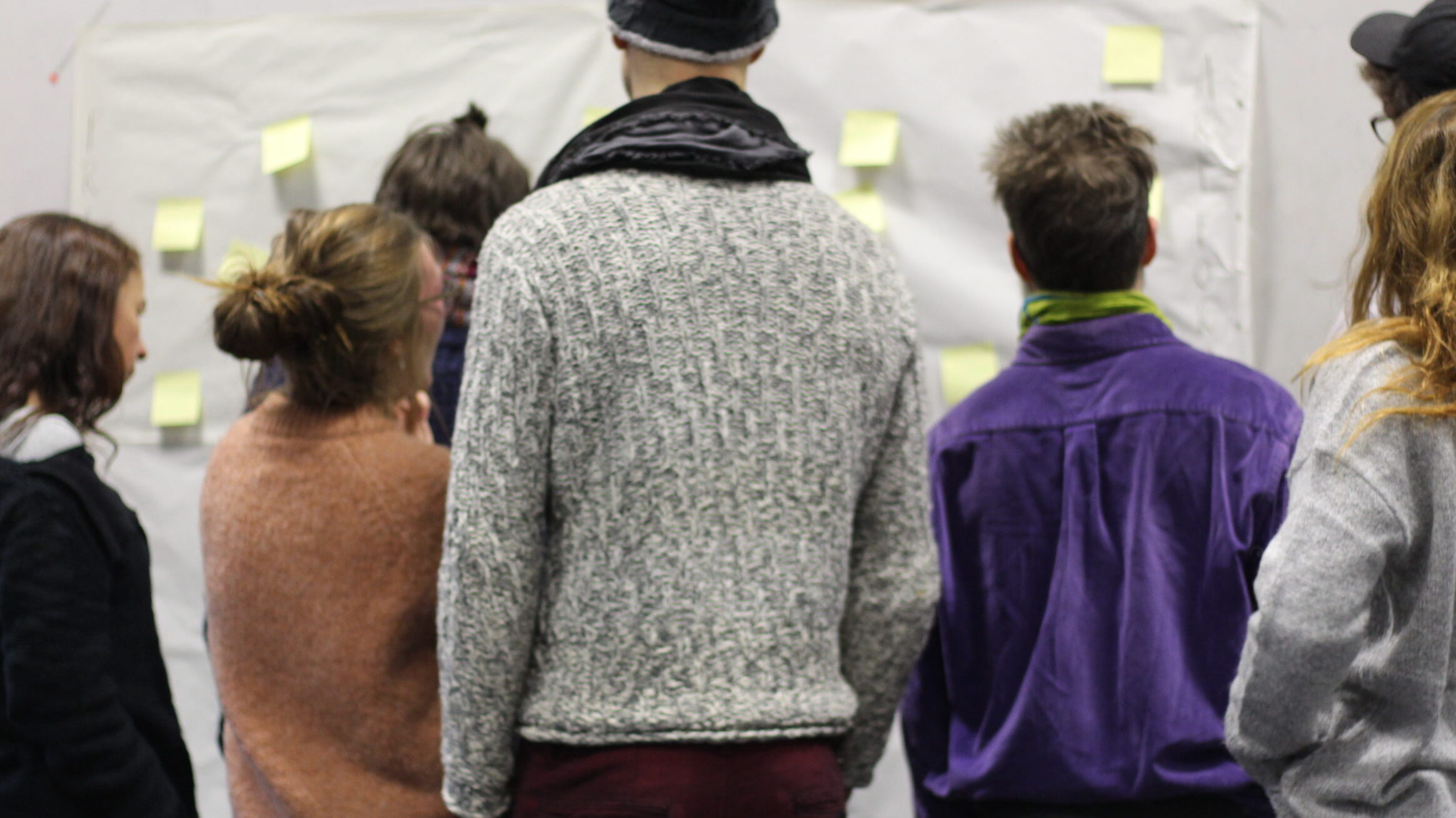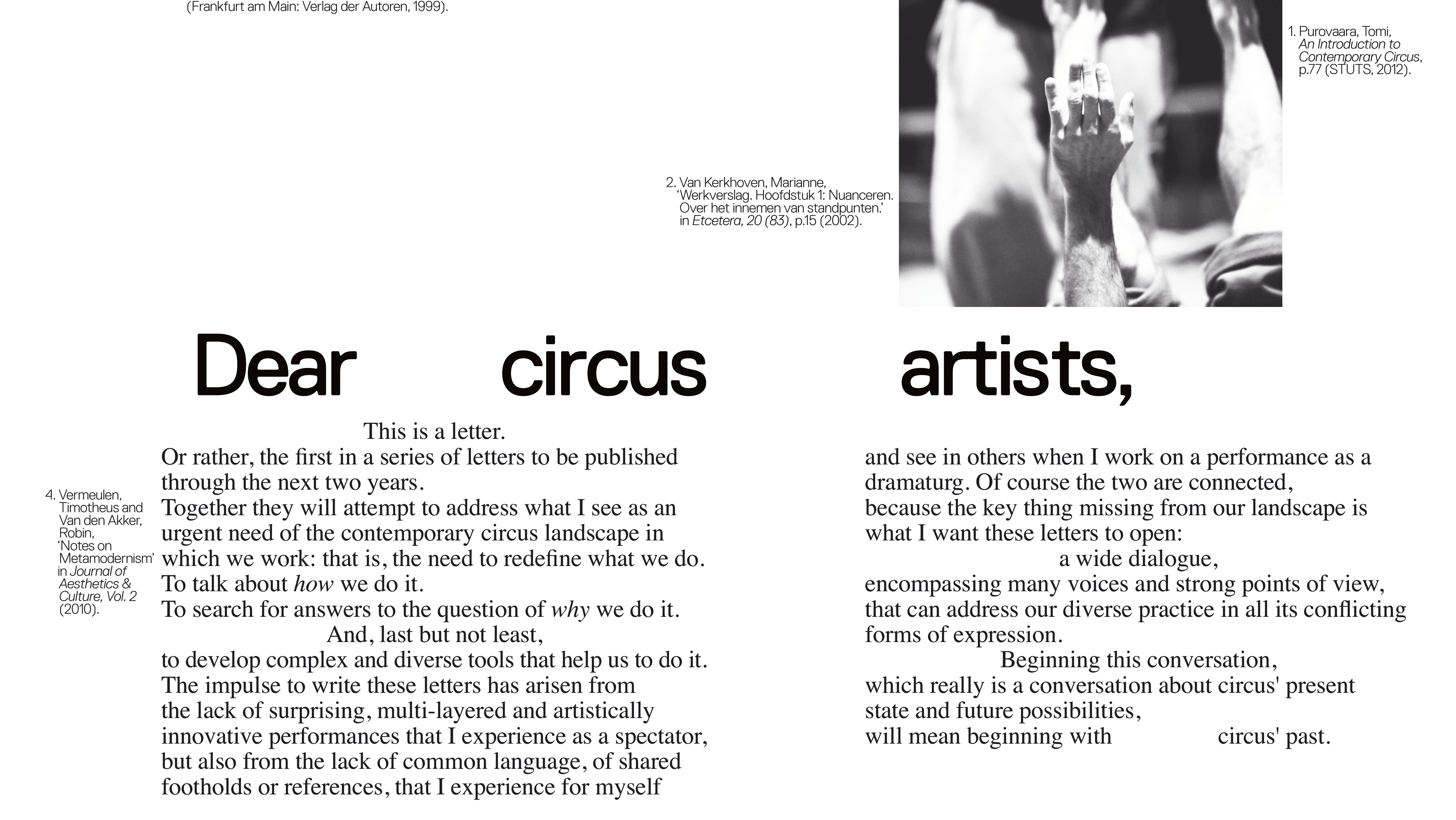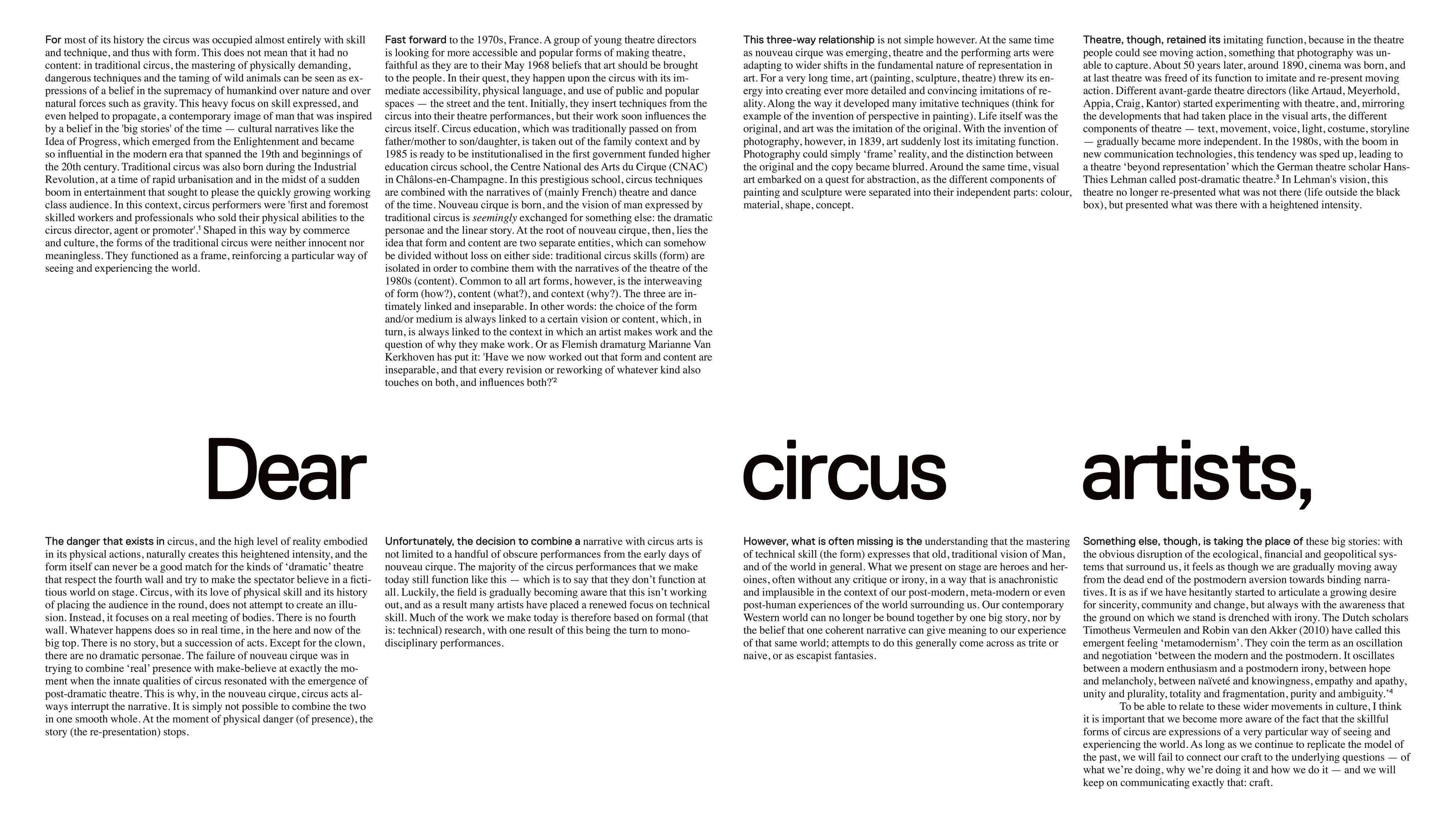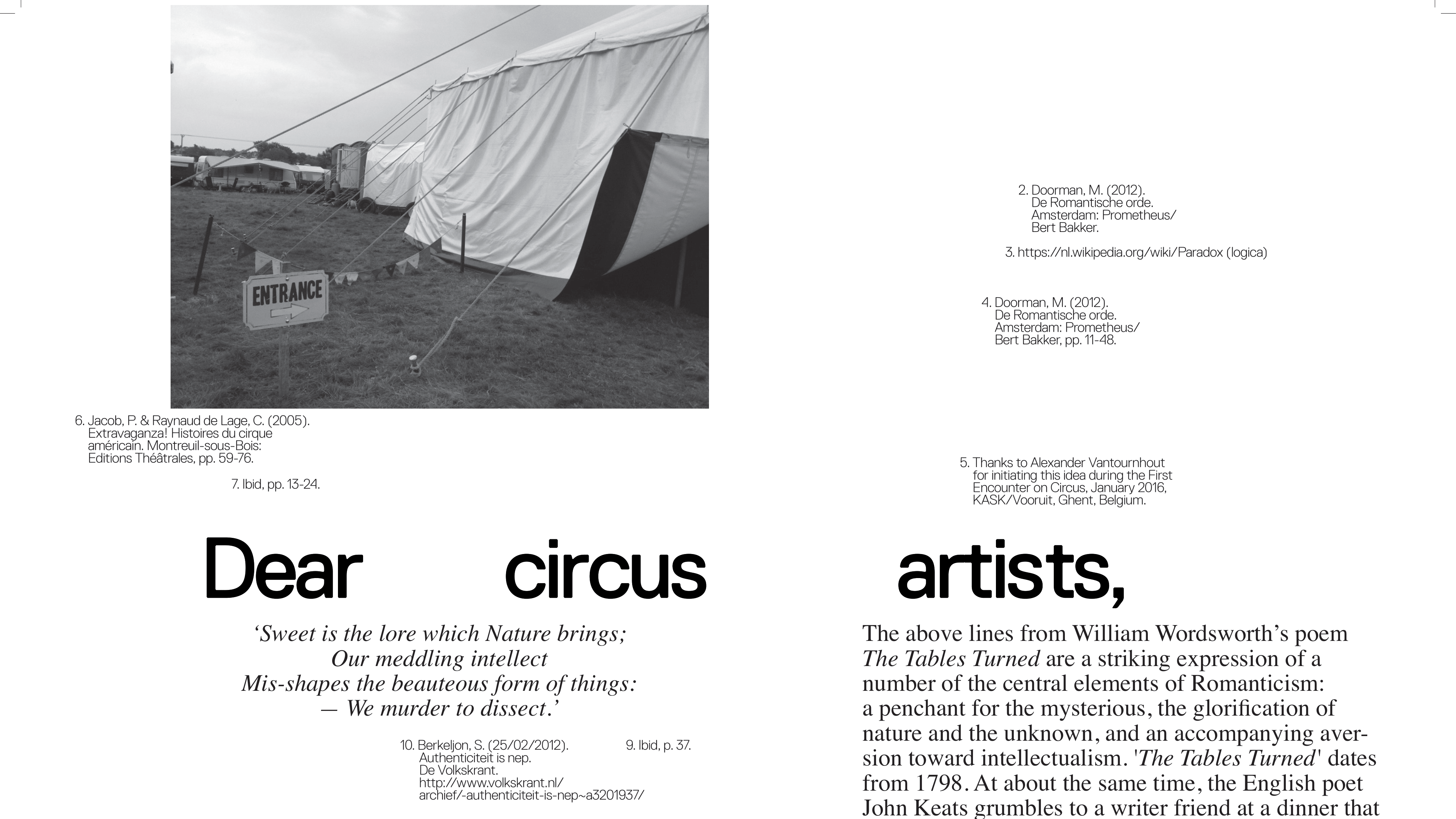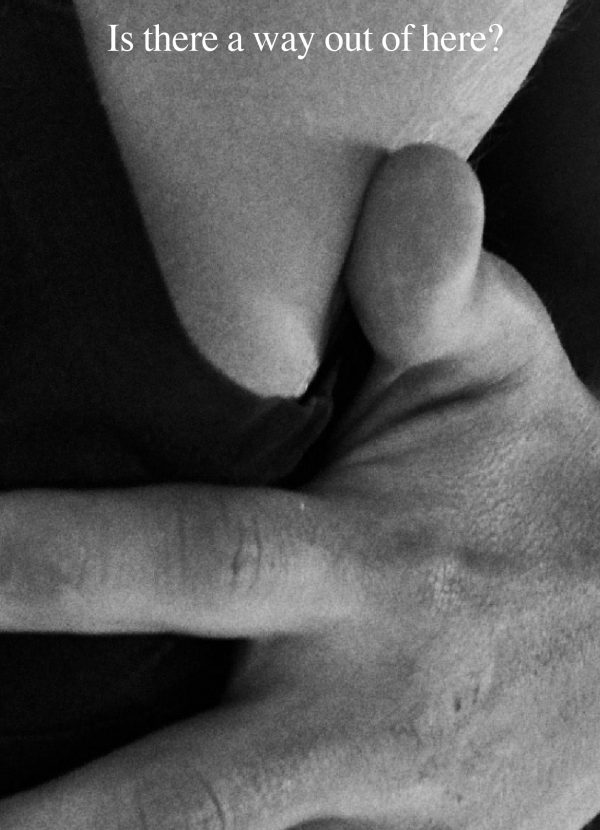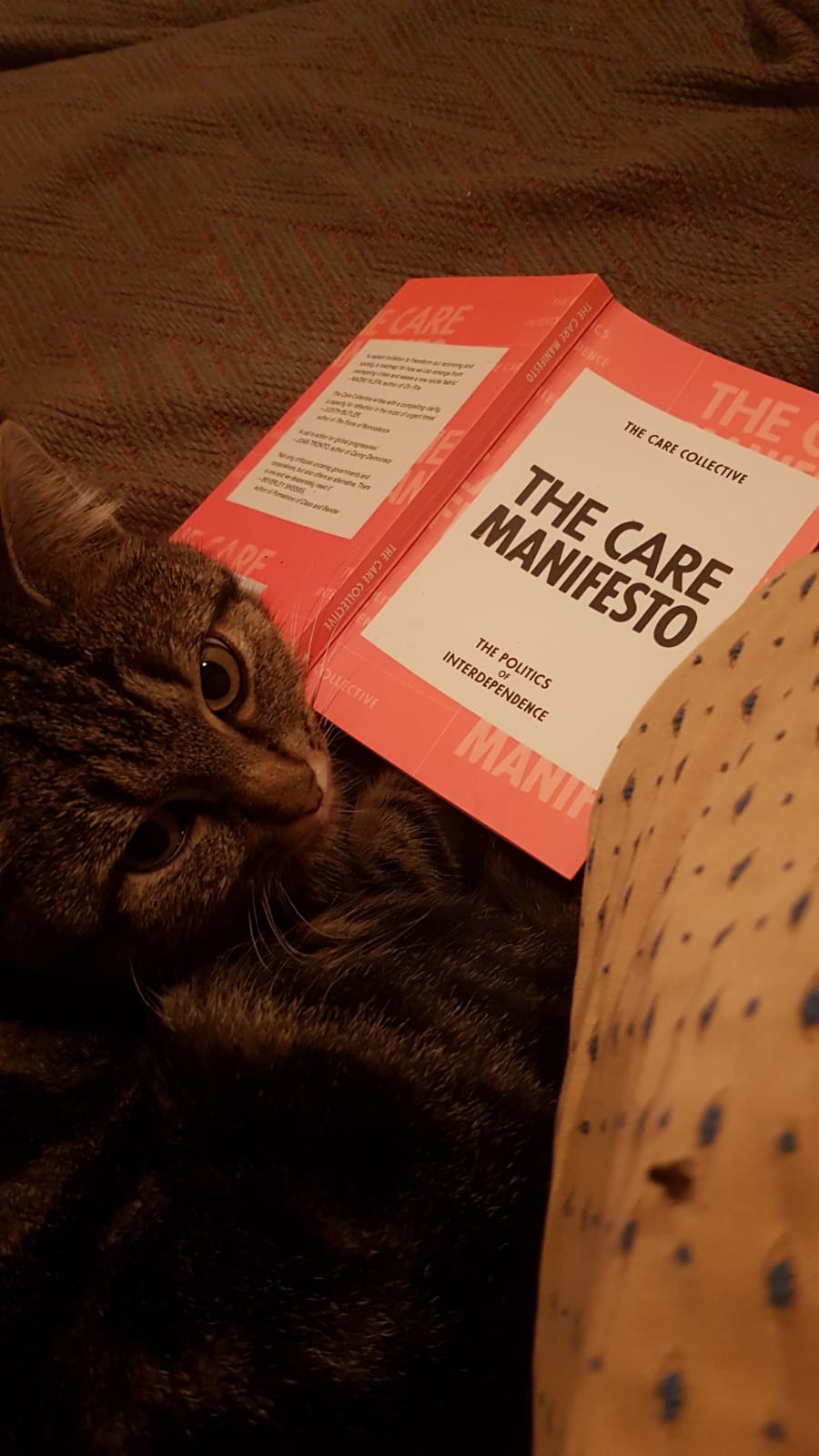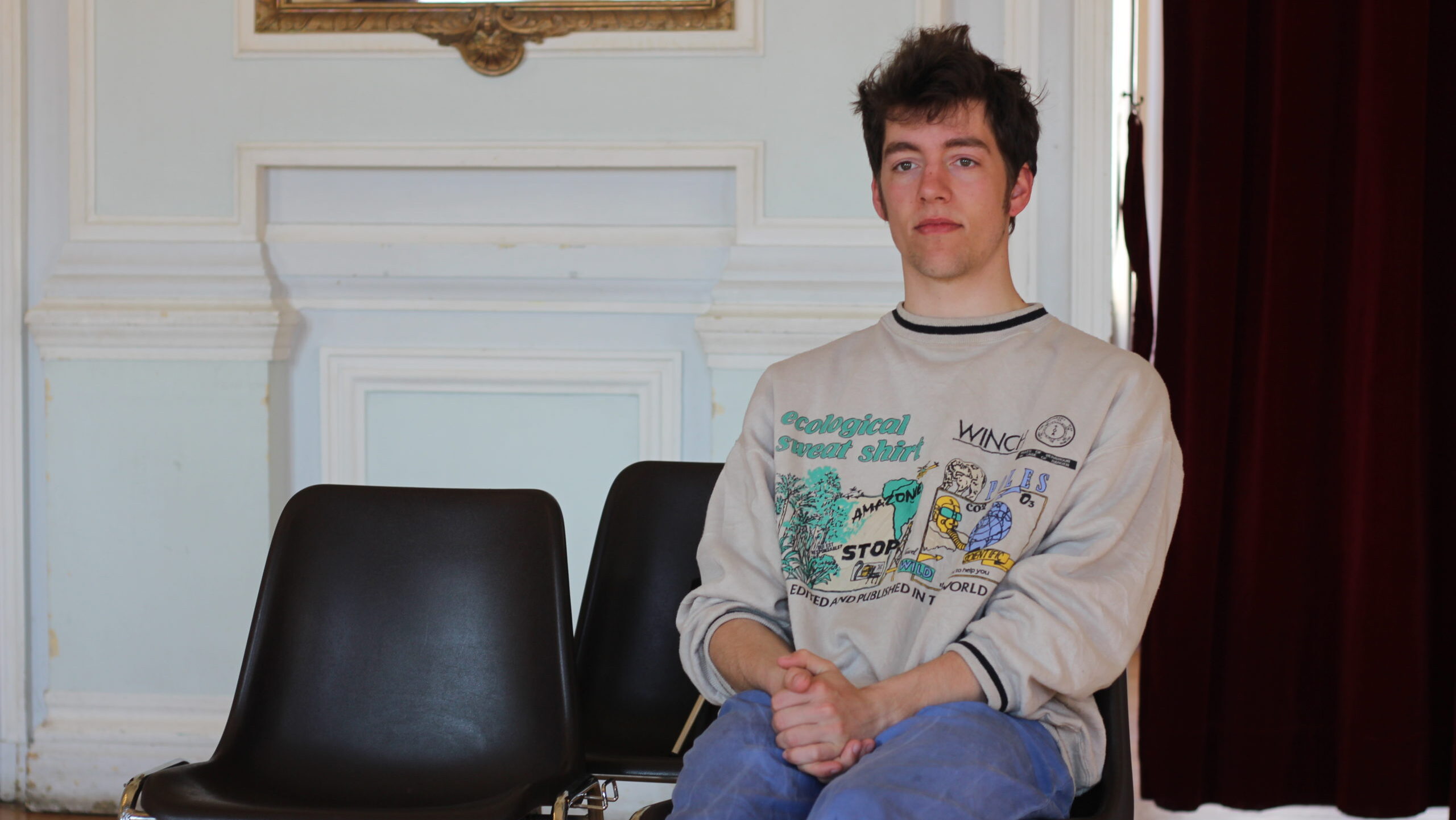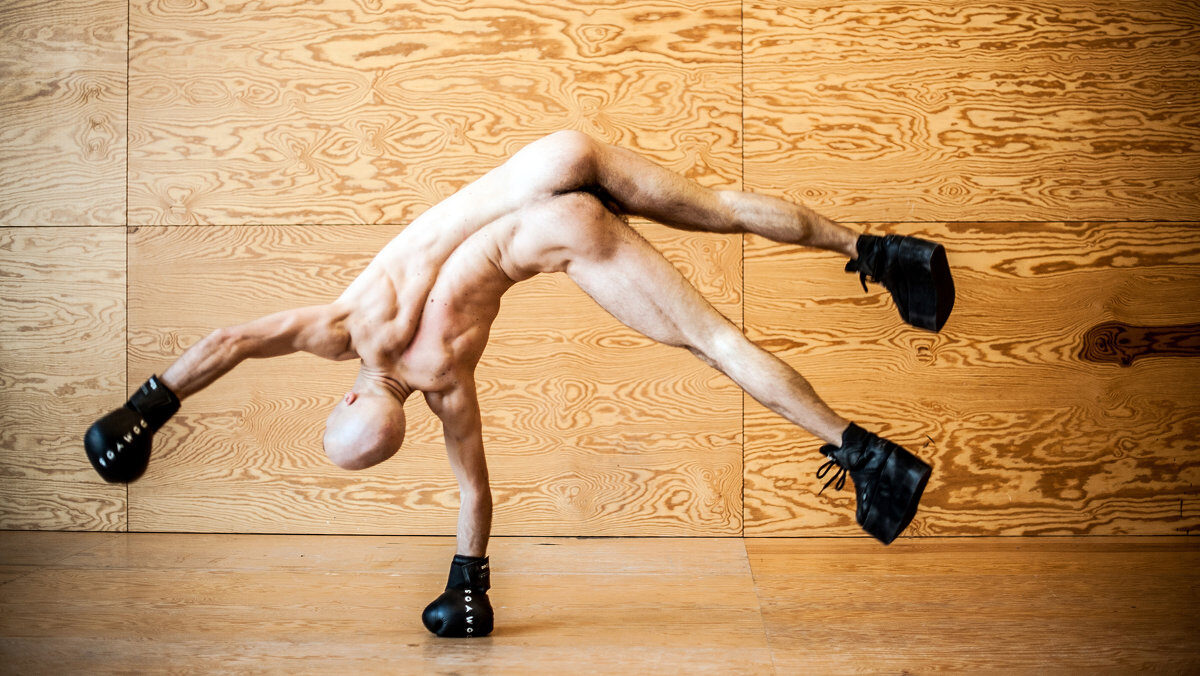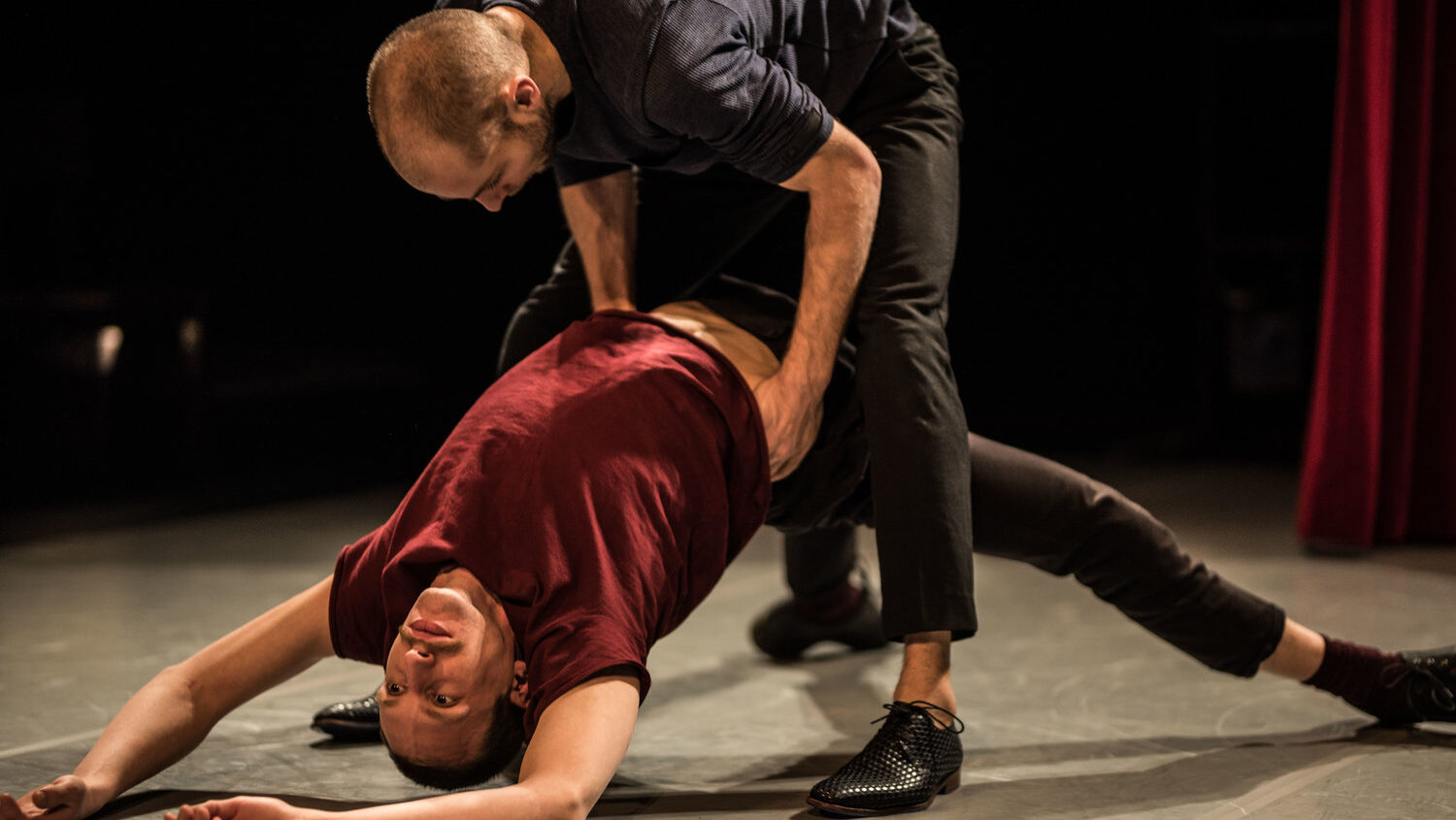How it works
To begin, you need a group with a number of people equal to a power of two (2, 4, 8, 16, 32, etc). The minimum is sixteen people.
Step 1: Each person writes down on a piece of paper his or her five most important values when it comes to circus. (Another domain can be chosen: life, art, religion, food…) The five values have to be in order of importance, starting with the most important. Each values consists of only one word. Time limit: 5 min.
Step 2: Every person goes and sits with another person, making pairs. Each have five values on their respective papers. Together they have to decide on five common values, again in order of importance. No new words can be added to the list. Time limit: 10 min.
Step 3: Every pair pairs up with another pair, forming a quartet. The process is repeated and the participants come to five common values, in order of importance. Time limit: 15 min.
Step 4: Every quartet joins another quartet. The process is repeated and the participants come to five common values, in order of importance. Time limit: 15 min.


